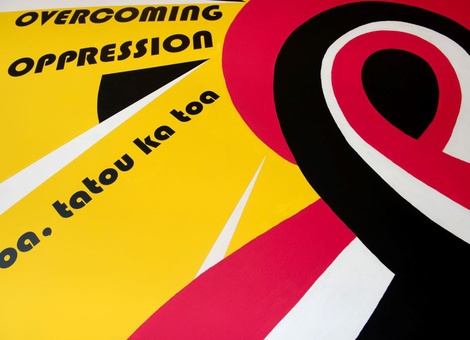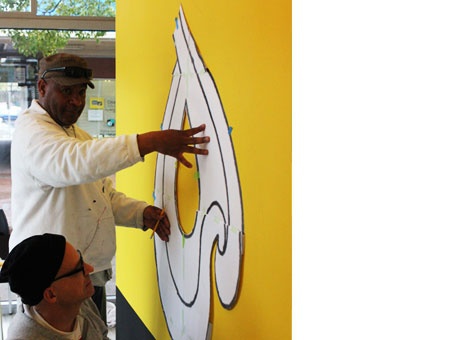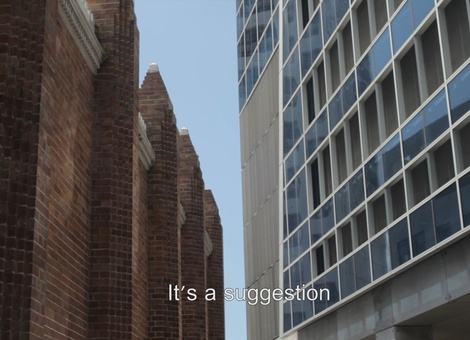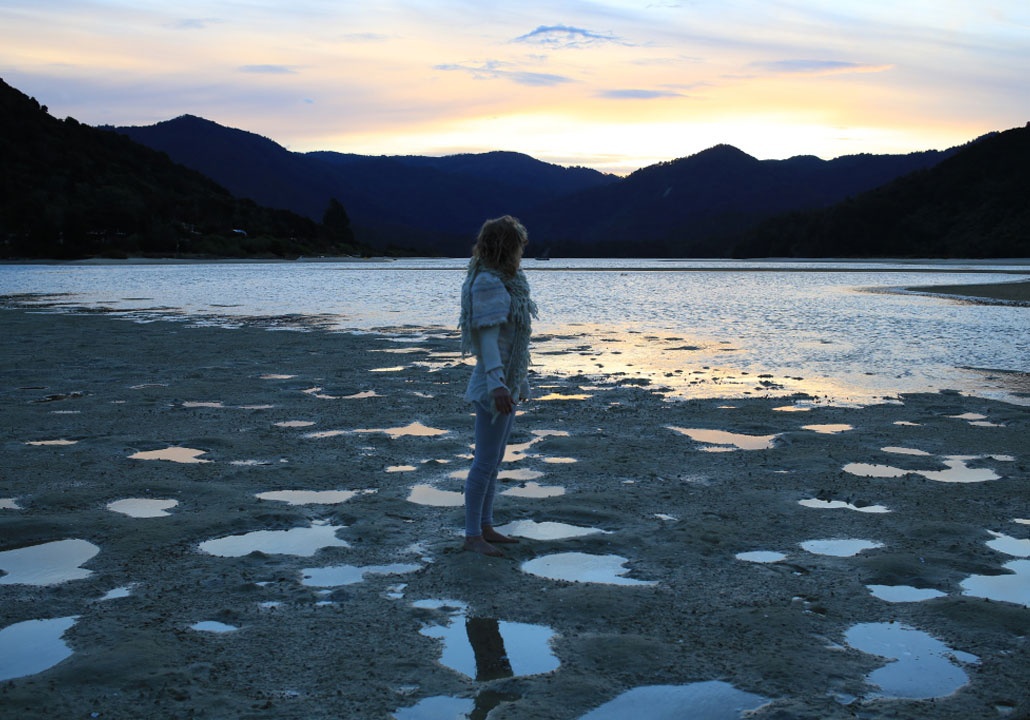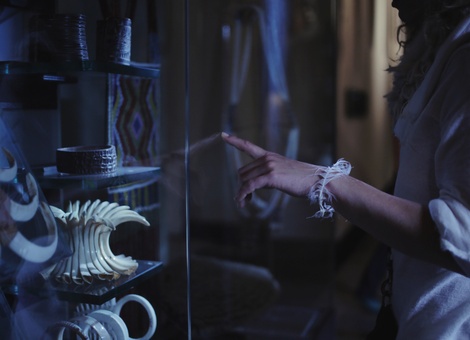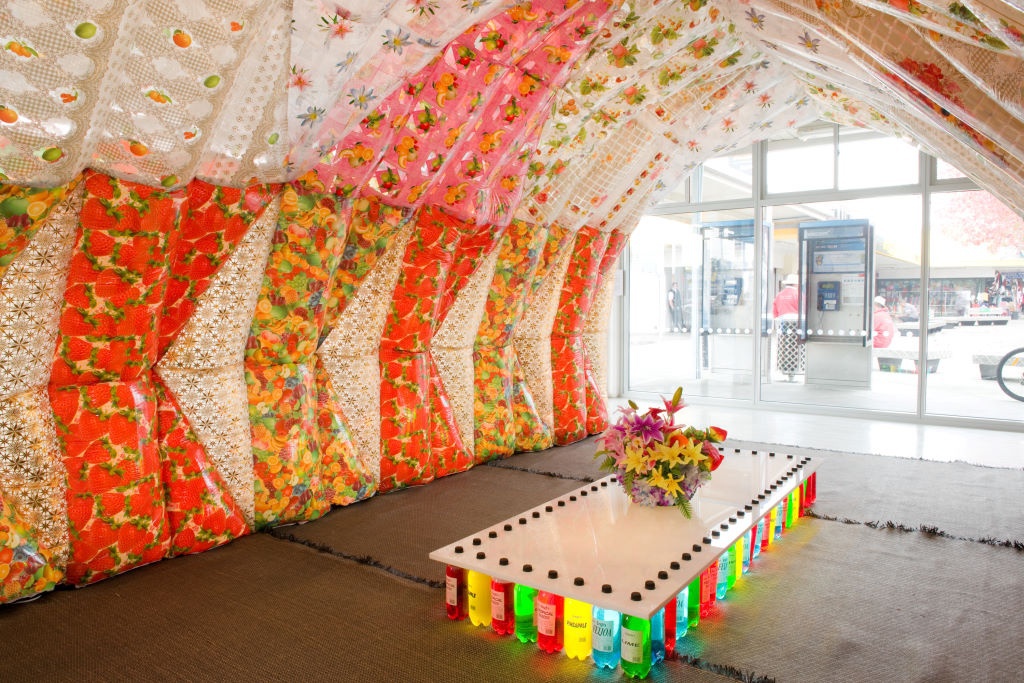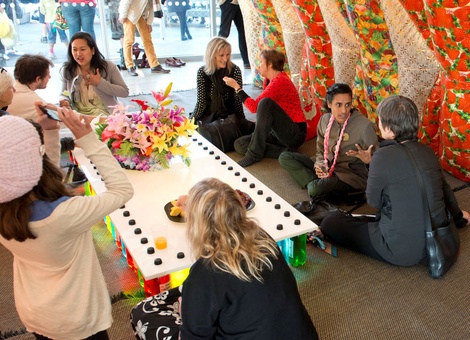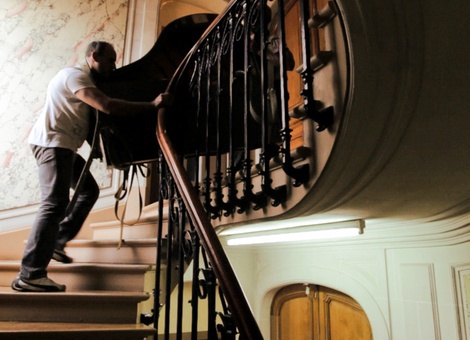Claire Fontaine
Venues

Foreigners Everywhere (Chinese and French), 2013
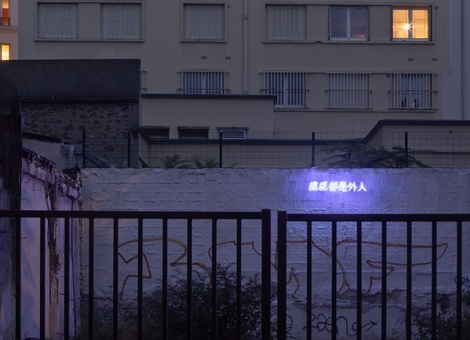
Foreigners Everywhere (Chinese), 2008
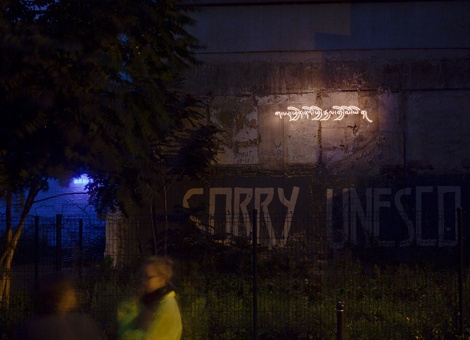
Foreigners Everywhere (Tibetan), 2010
(formed 2004)
Lives and works in Paris, France
Claire Fontaine is a Paris-based collective, founded in 2004. After lifting her name from a popular brand of school notebooks, Claire Fontaine declared herself a ‘readymade artist’ and began to elaborate a version of neo-conceptual art that often looks like other people’s work. Working in neon, video, sculpture, painting and text, her practice can be described as an ongoing interrogation of the political impotence and the crisis of singularity which seem to define contemporary society today.
http://www.clairefontaine.ws/
Selected exhibitions (solo):
1493, Espace 1414, San Juan, 2013; Redemptions, CCA Wattis, San Fransisco, 2013; Carelessness causes fire, Audian Gallery, Vancouver, 2012; Breakfast starts at midnight, Index, The Swedish Contemporary Art Foundation, Stockholm, 2012; M-A-C-C-H-I-N-A-Z-I-O-N-I, Museion, Bolzano, 2012; P.IG.S., MUSAC, León, 2011; Economies, Museum of Contemporary Art, Miami, 2010; After Marx April, After Mao June, Aspen Art Museum, 2009. Selected exhibitions (group): When Attitudes Became Form Become Attitudes, CCA Wattis, San Fransisco, 2013; The Deep of the Modern, Manifesta 9, Genk, Limburg 2012 Unrest: Revolt Against Reason, apexart, New York, 2012; 9th Shanghai Biennale, 2012; Re-writing Worlds (Art and Agency), 4th Moscow Biennale, 2011; 12th Istanbul Biennial, 2011.
‘Not only are there foreigners everywhere, but we are foreigners everywhere.’
Linda Tyler, Director, Gus Fisher Gallery
Foreigners Everywhere (Chinese)
2008
Auckland Art Galleryneon, framework, transformer, cables
215 x 1300 x 50 mm
Foreigners Everywhere (French)
2011
Auckland Art Galleryneon, framework, transformer, cables
110 x 1720 x 50 mm
Foreigners Everywhere (Korean)
2013
Auckland Art Galleryneon, framework, transformer, cables
148 x 1535 x 50 mm
Foreigners Everywhere (Hindi)
2013
Auckland Art Galleryneon, framework, transformer, cables
185 x 2120 x 50 mm
Foreigners Everywhere (Samoan)
2013
Auckland Art Galleryneon, framework, transformer, cables
110 x 1240 x 50 mm
Foreigners Everywhere (Māori)
2013
Auckland Art Galleryneon, framework, transformer, cables
130 x 2292 x 50 mm
courtesy of the artist
Foreigners Everywhere (Māori)
2013
Gus Fisher Galleryneon, framework, transformer, cables
130 x 2292 x 50 mm
courtesy of the artist

